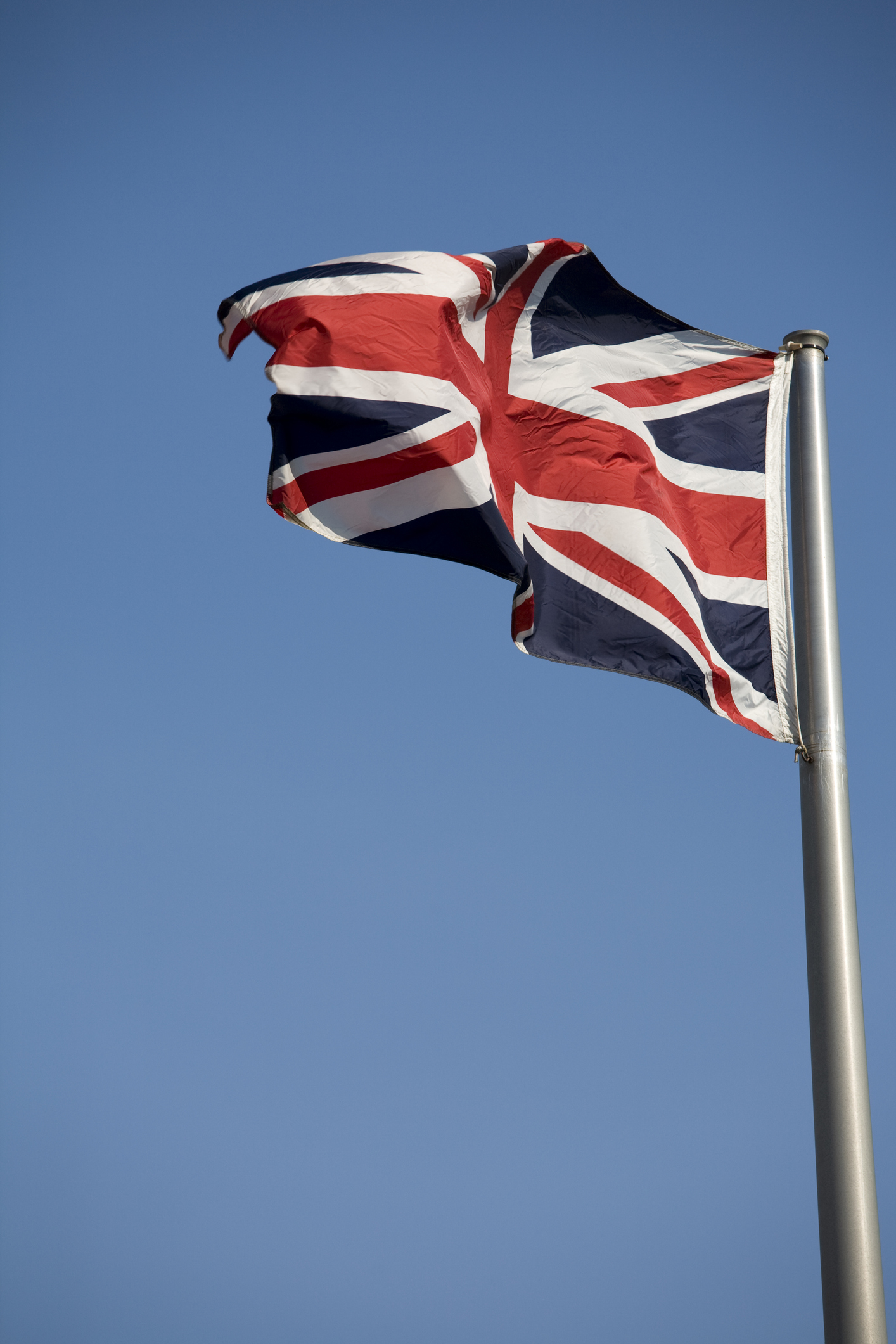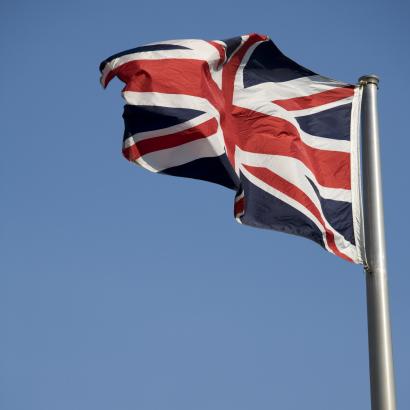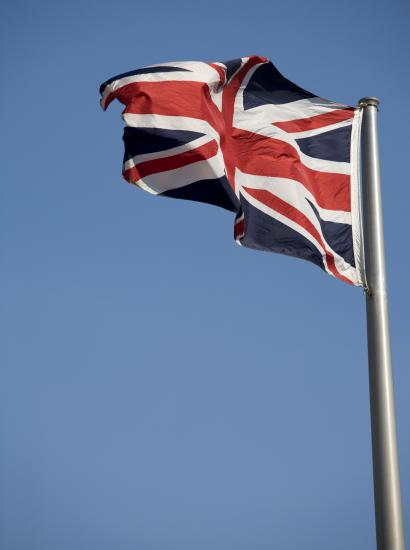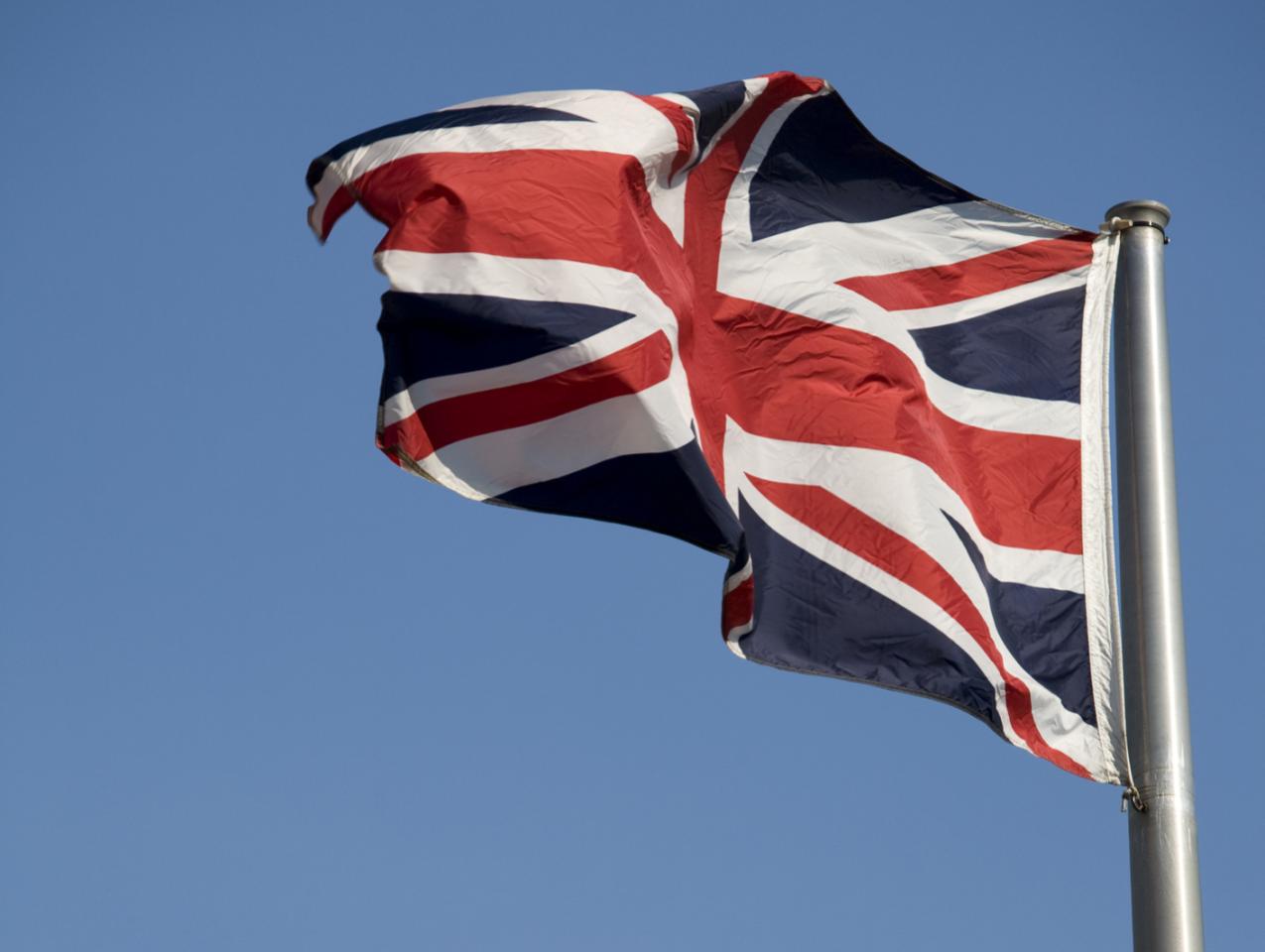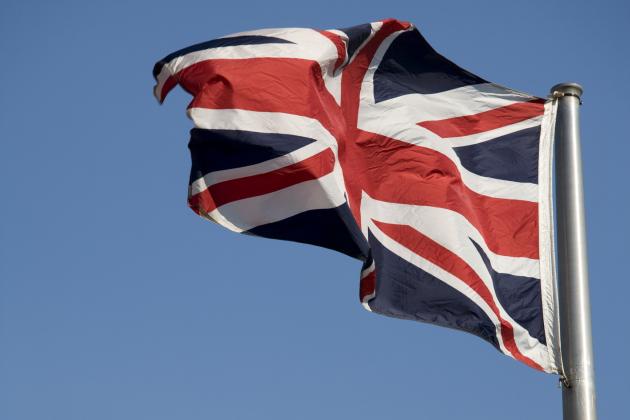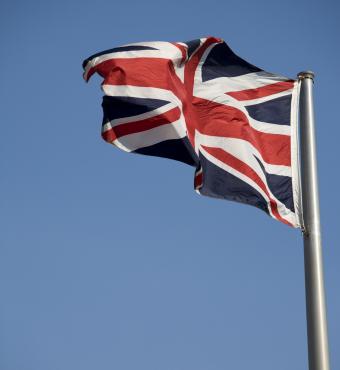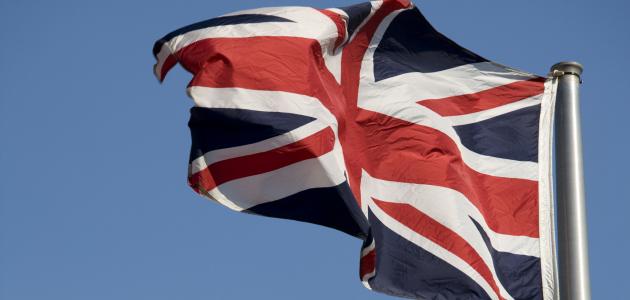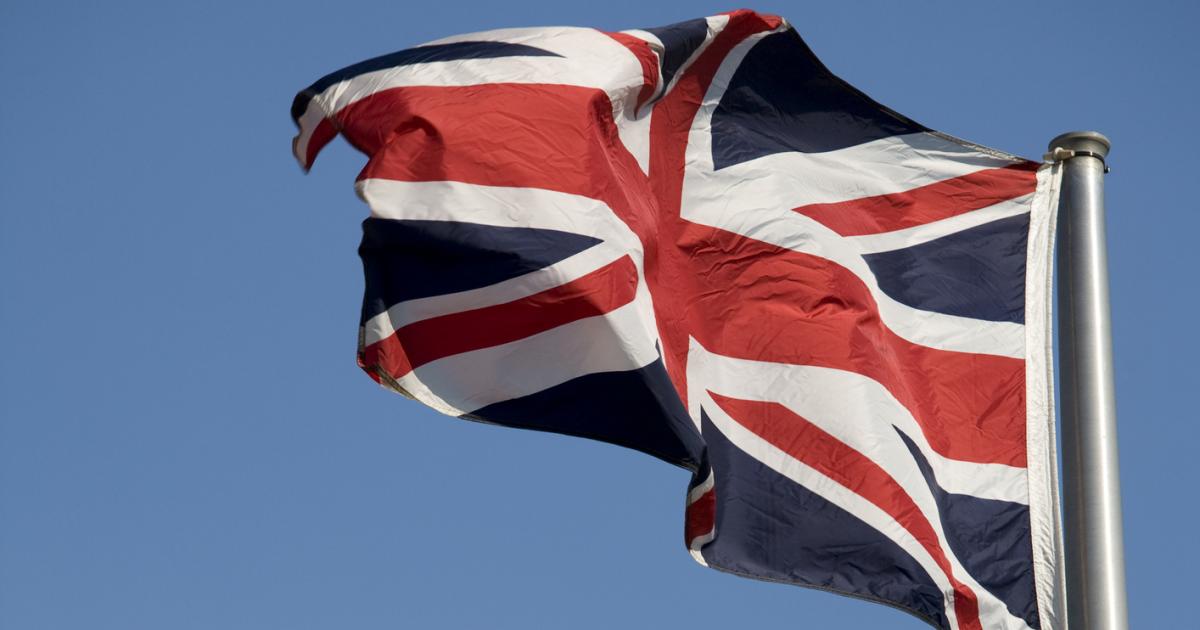In two previous essays, I discussed the July 4 electoral earthquake that ejected the Tories from power and reviewed the opportunities and challenges for Labour. How might the Conservative Party respond to its historic defeat and best prepare for the next election?
Should the Tories “merge” with Reform?
As noted in an earlier essay, the Reform Party—led by Nigel Farage and often described as populist-right—won 14.3 percent of the popular vote in the recent election. Some of those votes came at the expense of the Conservatives, which has caused consternation within the party. We hear various politicians and pundits claiming that it faces an “existential threat” from Reform and might even split and disappear.
One post-election “hot take” is therefore that the Conservatives should “merge” with Reform or adopt many of its policies. Proponents point out that a “unite the right” strategy of adding together the popular votes of these two parties would result in a majority or plurality in many constituencies. However, this is problematic for both statistical and ideological reasons.
First, survey data from More in Common provide little support for such “Lego-block voter coalition building.” While the Tories lost half of their 2019 supporters, only half of them went to Reform, with the rest supporting more progressive parties. A move to the populist right would do nothing to regain One Nation moderate Tories and might drive away still more. The winners of such a strategy could be the Liberal Democrats (Lib Dems), who might attract even more moderate Tories across the “Blue Wall” in the South of England.
In addition, only 36 percent of Reform voters said they would have considered voting Conservative as an alternative to Reform. Conversely, only 29 percent of Conservative voters said they would have considered Reform. Reform voter priorities also put them in a unique political space, as 72 percent chose “Policies on immigration” as a key reason for their support. The next highest was “I trust them to represent my interests the most” (33 percent), which could mean a lot of things but probably not One Nation Conservatism.
Second, populism is not necessarily a “right” or even “far right” political movement. Populist parties often support large and expensive social-welfare programs for the native-born, which means the large majority of people in a nation. Populist-nationalism is more reminiscent of Big Government socialism than the classic free market policies of Margaret Thatcher and Ronald Reagan. As Iain Murray noted about “populist conservatives,” “if it walks like a duck and quacks like a duck, it’s a duck. Socialism adopted in ‘the national interest’ is going to come with all the same problems as socialism adopted to promote the international brotherhood of the worker.”
The journalist and Tory peer Dan Finkelstein noted that “I did question time with Ben Habib from the Reform Party and he said something very interesting. He said the Reform Party is not a right-wing party and the audience laughed but I think he’s right, that neither the votes for the Reform Party nor the stances they take actually mean that uniting with them is uniting with the right.” He further stated in a Times column that “Reform’s appeal is not conservative with either a big or little c.”
Former Tory MP and attorney general Dominic Grieve argued that the party cannot win back voters lost to Reform “unless they’re prepared to emulate policies which Reform are advocating and which in practice are complete dead ends and incapable of implementation.” Albie Amankona further observed that “populist party manifestos are undeliverable even though they might be very popular.”
Populism on the march?
I’m not the first to observe that the 2015 and 2024 elections both included a populist party led by Nigel Farage. In 2015, UKIP won 12.6 percent of the popular vote, which was not very different from the 14.3 percent won by Reform in 2024. This is not strong evidence of a resurgent populism, and the Greens made greater gains during the same time period, moving from 3.8 to 6.4 percent of the popular vote.
Despite the extensive media attention paid to Nigel Farage and the Reform Party, which is particularly valuable given the British restrictions on political spending and advertising, its popular vote was only about 236,000 more than UKIP received in 2015. Despite an almost de facto media boycott of the Greens and Lib Dems, the former gained about 730,000 votes and the latter more than 1.1 million votes during this same time. And let’s not forget that David Cameron and the Tories won a parliamentary majority in 2015 despite the UKIP vote.
We also need to understand the directionality of party support; did Reform take votes away from the Conservatives, or did Conservative failures drive voters to Reform (and other parties)? At stake is whether such defections to third parties will continue. If 2024 was a unique anti-Tory moment after a long and not overly successful time in power, the Tories might dial back the rhetoric about party collapse.
O Canada?
Some have pointed to Canadian political history as providing lessons for contemporary British conservatism. In the 1990s, the establishment Progressive Conservative Party (PC) faced a populist Reform Party challenge, and they ultimately merged in the 2000s. While some parallels have been suggested between those dynamics and the UK situation today, a closer examination of this history suggests limited insights for contemporary Britain.
During the 2024 campaign, the speculation about how far the Tories might fall included discussion of the 1993 Canadian federal election. The PC were reduced to two seats (losing 154) while the Reform Party (later called the Canadian Alliance Party) gained 51, up from just one. After these parties merged in 2003, the new Conservative Party of Canada would create a minority government after the 2006 and 2008 federal elections, and a majority government after 2011, after which it was replaced by majority and minority Liberal Party governments.
However, the problems and opportunities of the Canadian parties in the 1990s are not the same as those facing the Tories and Reform today. First of all, the 2024 election results in Britain do not resemble those of 1993 in Canada. The Tories did lose a large number of seats, but worries about a drop to double-digit numbers, let alone single digit, did not materialize.
Second, Reform in Canada began as a regional party and would ultimately win almost no seats beyond its western provincial roots. Its political and economic concerns were indicated by the slogan “The West Wants In,” and the party would also occupy a religious right and socially conservative space on the political spectrum. It displaced the PC in the west in parliamentary elections but never won a seat in Atlantic Canada and only two in Ontario by 2000. It would ultimately split the “conservative” vote in Ontario, so it made electoral sense for the two parties to merge in order to more effectively challenge the ruling Liberal Party.
The Canadian context was therefore more favorable to a conservative/populist “Lego block” strategy (Western Reform + Eastern PC) than is the British context today. In addition, the merger occurred a decade after the PC’s initial defeat, and after the 1997 and 2001 elections made clear that the intra-conservative split was unlikely to resolve itself. The PC did not merge with Reform in a panicky reaction to a single electoral event.
Tory demographic worries
The election also revealed a Tory age problem, as the share of eighteen- to twenty-nine-year-olds who voted Conservative was 8 percent, rising only to 12 percent for the thirty to thirty-nine cohort. According to the conventional wisdom, this is no reason for alarm. Many youngsters start on the left but move to the right as they age, pay taxes, have children, and learn that the world is a complicated place. In a statement falsely attributed to Winston Churchill, “If you’re not a liberal when you’re twenty-five, you have no heart. If you’re not a conservative by the time you’re thirty-five, you have no brain.”
Today’s Tories can only dream of a time when most thirty-five-year-olds voted Conservative.
More in Common data show that the average age at which voters switch from Labour to Conservative has increased from thirty-nine in 2019 to sixty-two in 2024. According to one account, “young people are coming of age in the shadow of a system which wasn’t designed to support independence or a safe transition to adulthood.” Put another way, when Conservatives promise opportunity and aspiration but deliver unaffordable housing and a high cost of living, no wonder those bearing the brunt vote for other parties.
As if this is not bad enough, demographic change may be working against the Tories and for Labour. A somewhat morbid statistic that received much coverage is that one-sixth of 2024 Conservative voters may not be alive by 2029. By that year, demography could add three hundred thousand net votes for Labour, while the Tories will lose more than a million. Furthermore, 10 percent of the voters who supported Boris Johnson in 2019 are now apparently no longer with us. For the next election, the Times predicted that “if nothing else changed, this swing means Labour would gain 29 seats and the Tories would lose 34.” And if Labour extends the vote to sixteen- to seventeen-year-olds, this could add another 12 seats for Labour (although the Greens might rain on that parade).
Rather than obsessing about the 36 percent of Reform voters who indicated they were potentially open to the Tories, perhaps the Conservatives should worry about appealing to younger and middle-aged voters who no longer see the party as a vehicle of opportunity.
The Tory future
For the world’s oldest and most successful political party to freak out over a single election defeat is both unwise and undignified.
As Lord Andrew Roberts has pointed out, “History provides plenty of relief for the Tories, and shows they must not panic.” He notes the “anti-Tory landslides of 1906, 1945, 1997, and now 2024” but reminds us that the Conservatives have always returned to power. However, “Unless they analyze what has happened in a sober way, they will fail to come up with the correct solutions in time for the next election.”
Rather than lurching to the populist right, a better strategy is to embrace classic conservative principles because that is the tried-and-true path to victory. Dominic Grieve argued that “if the Conservative Party doesn’t move back to being a center-right party, it’ll never be elected again . . . because that is in fact where its track record has always lain.”
Whether we call it realism or opportunism, Conservative leaders from the nineteenth century to the present have looked to the middle ground, sometimes shamelessly “borrowing” ideas from the Liberals and Labour. One might argue that such practicality and centrism is how parties should operate in a democracy, not tilting at ideological windmills. Some Tories apparently believe that electoral redemption lies in American-style culture wars, “banging on about Europe” and now the European Convention on Human Rights (ECHR), and using immigration as a political football. Moving to the populist fringe is dicey, however, because it is contrary to the policies and tone that most voters want.
Labour discovered that moving to the left is a vote loser, and a populist-right Conservative Party risks becoming a third party. In addition to the incompatibilities noted above, such a move would likely necessitate a stronger Tory embrace of divisive politics that would (re)brand it as “the nasty party” and drive even more Blue Wall moderates to the Lib Dems, maybe forever.
The Conservative Party also needs to clean its own house. The Tories should reflect on how the party came to be associated with words such as carelessness, dishonesty, selfishness, and even corruption. The problems facing Britain might make any government look less than competent, but addressing the moral dimensions of what Michael Gove called “fourteen years of Tory misrule” must go along with finding the right policy positions.
Rather than intriguing in WhatsApp groups, the remaining parliamentary Tories might form a book club (I’m serious!). They could ponder the lessons in Geoffrey Wheatcroft’s prescient The Strange Death of Tory England and recent Bloody Panico!; Lord Roberts’ Churchill: Walking with Destiny; and biographies of Benjamin Disraeli. The latter originated “One Nation Conservatism,” an approach that will win far more votes than surrendering to populism.
Structurally, a number of voices within the party support changing the “absurd” leadership selection rules and allowing Tory parliamentarians to choose the party leader, not the small and unrepresentative party membership. Allowing the latter to have the final say only serves to push the party to the fringes.
And lo and behold, the recent leadership contest has featured aspirants genuflecting toward populism in subtle and unsubtle ways, whether out of conviction, opportunism, or fear. Maybe the anti-immigration riots, which included attacks on the police, have caused some Tories to reconsider playing footsie with populists. But if the party enters the next election without a leader focused on traditional center-right principles, ethical behavior, and political common sense, it will be lucky to remain in second place.







